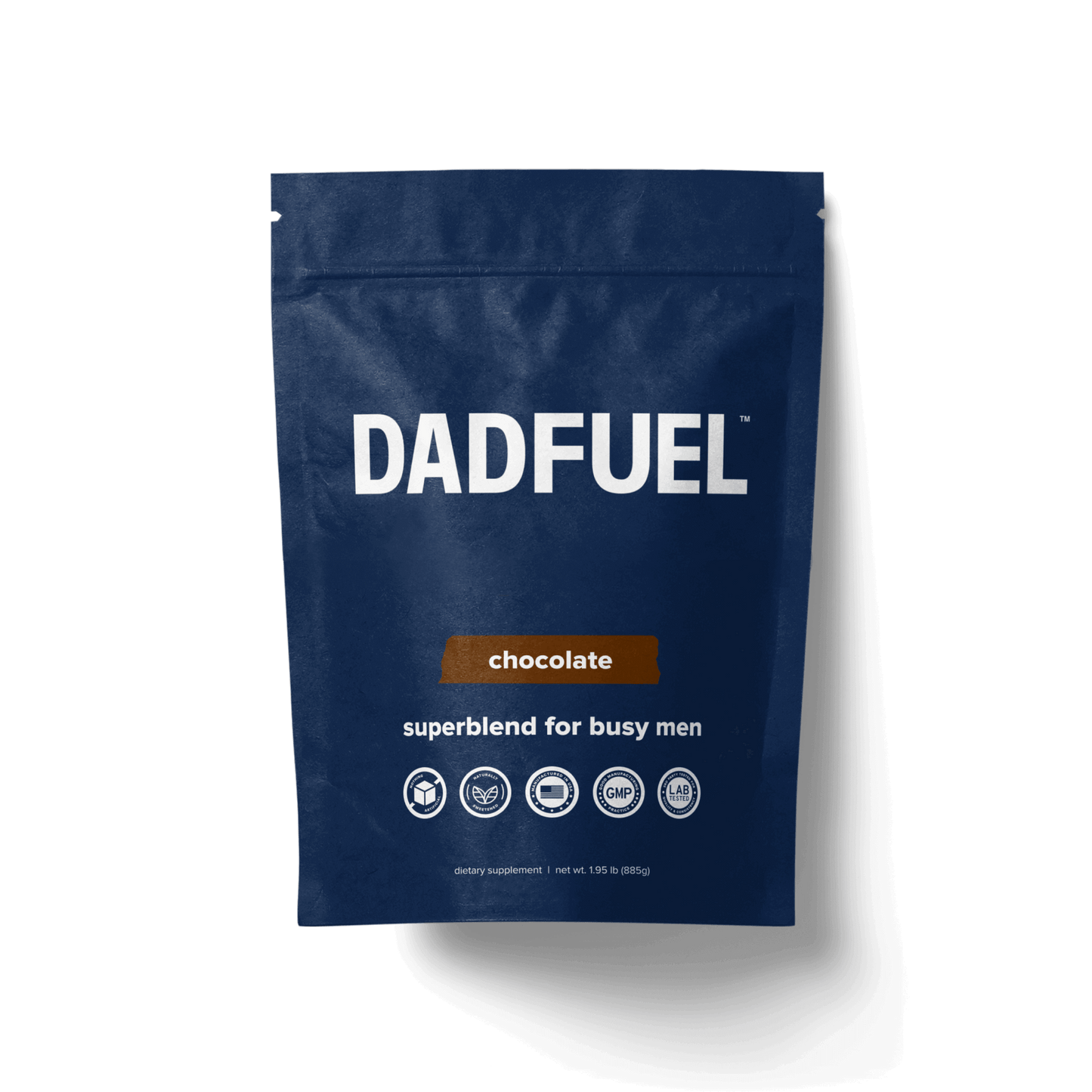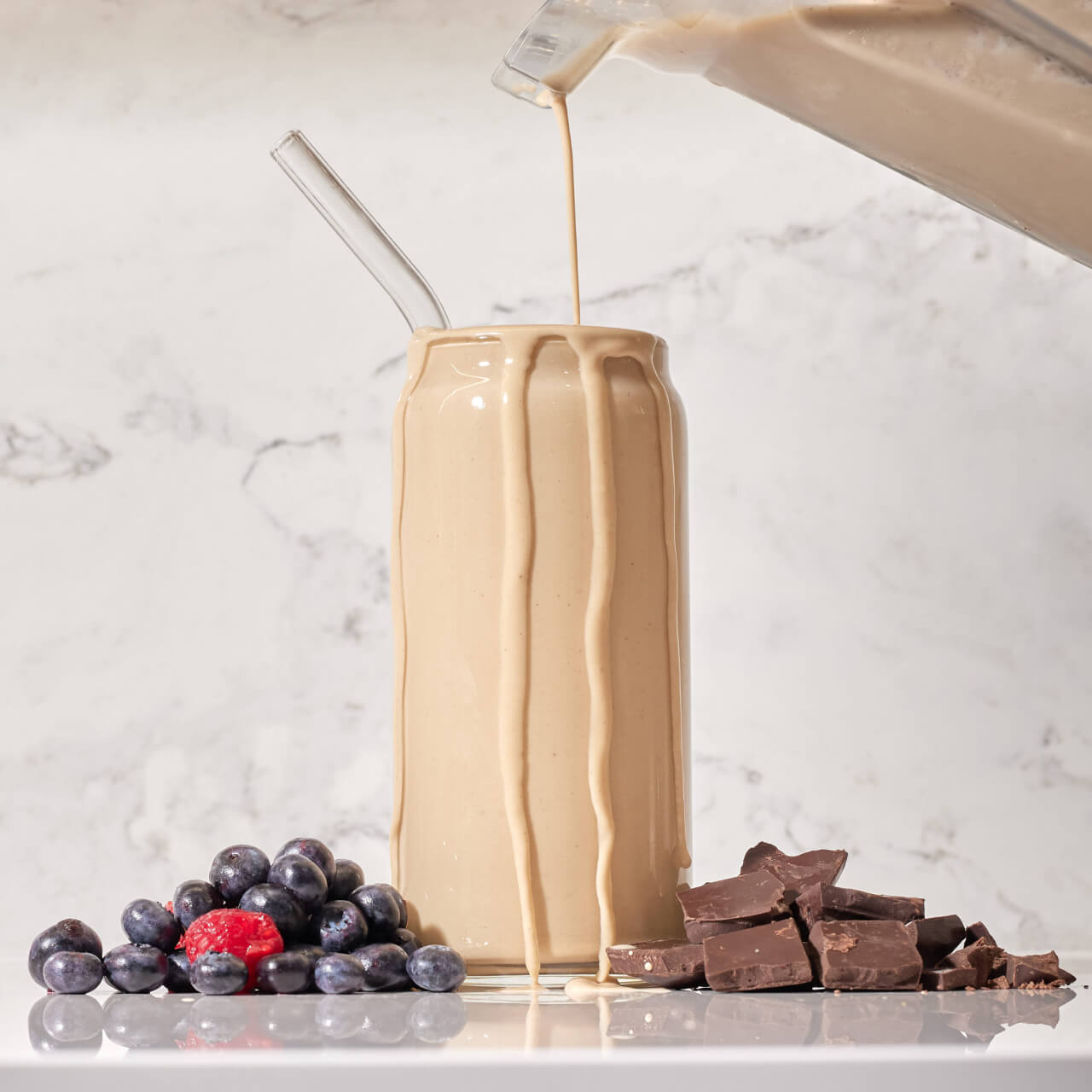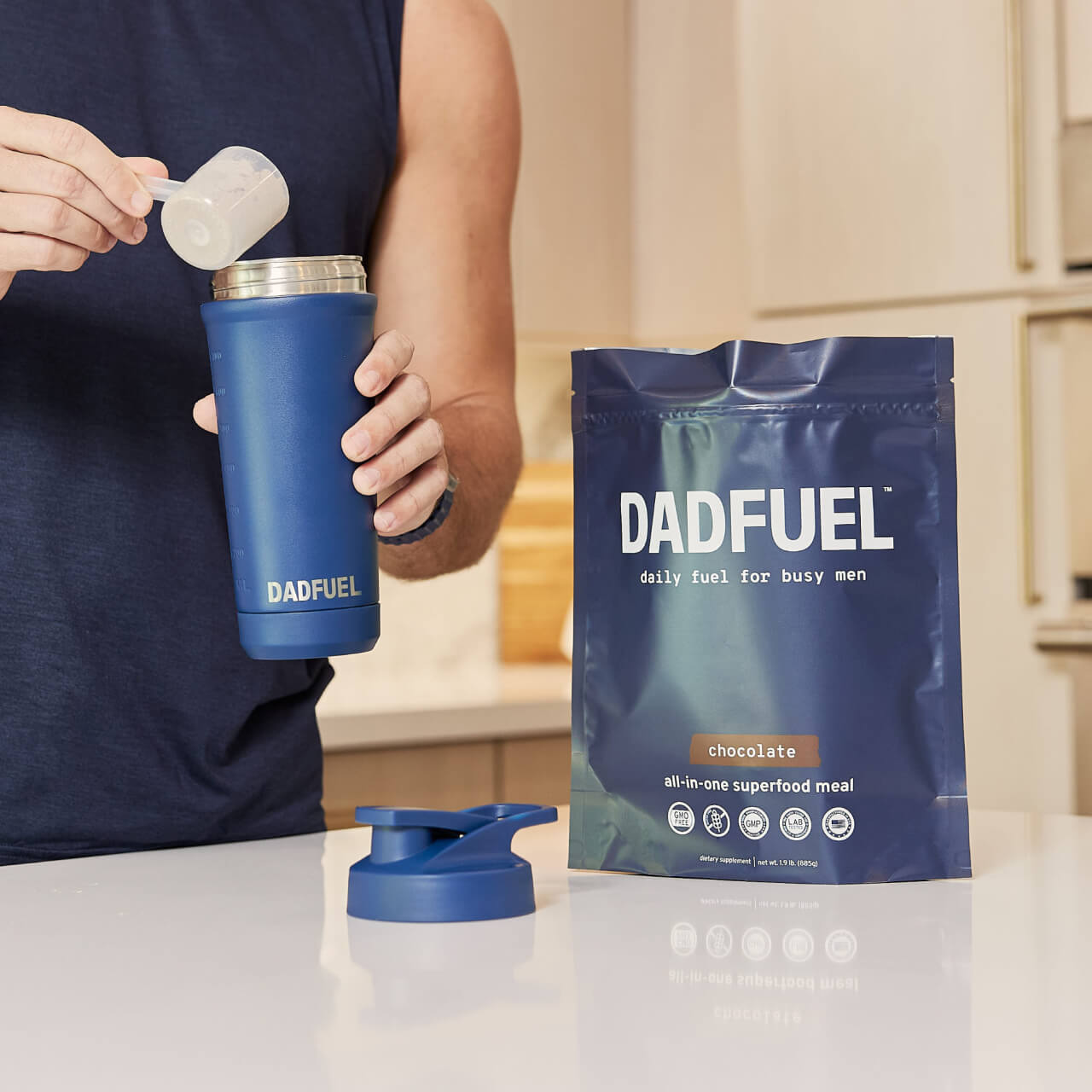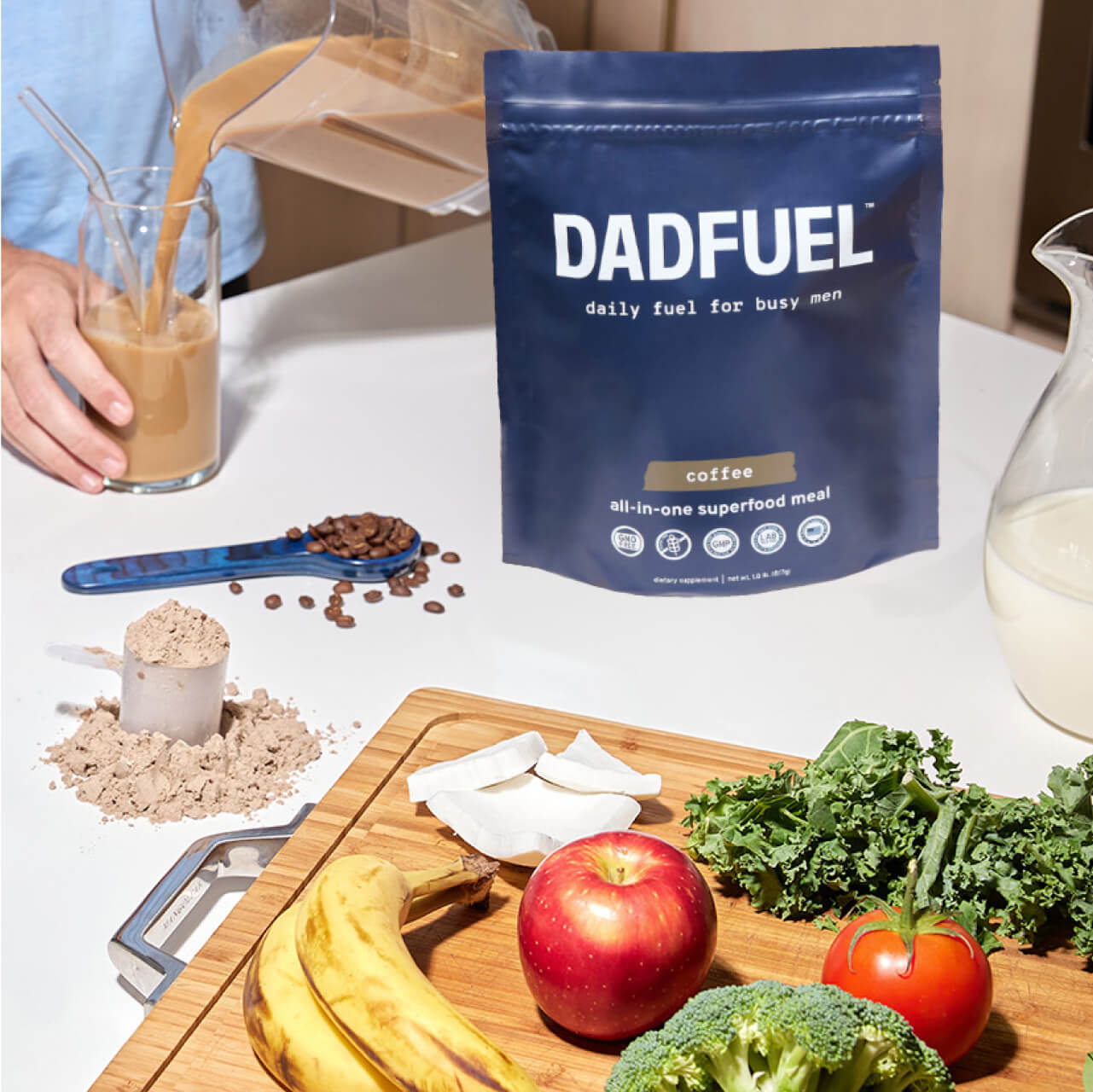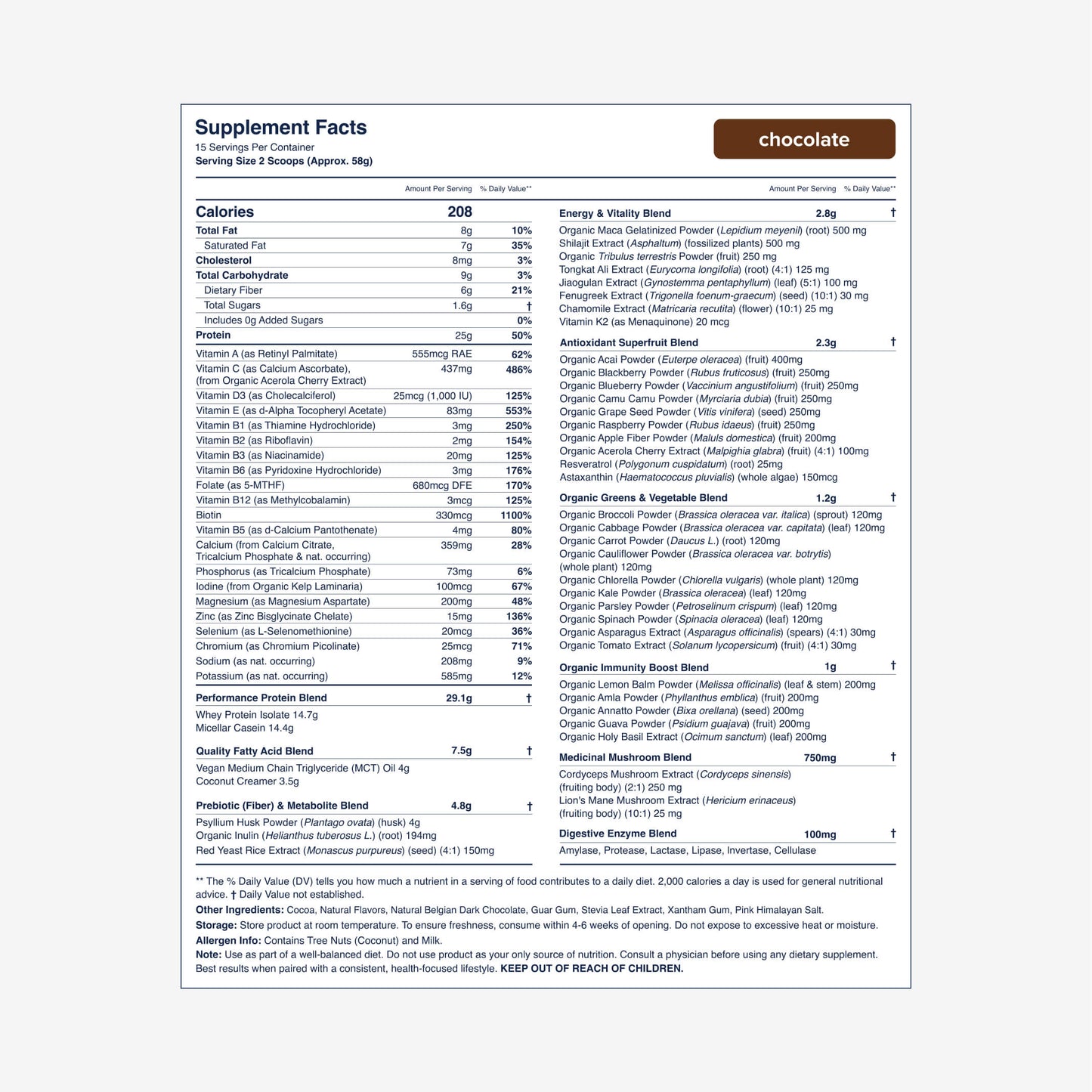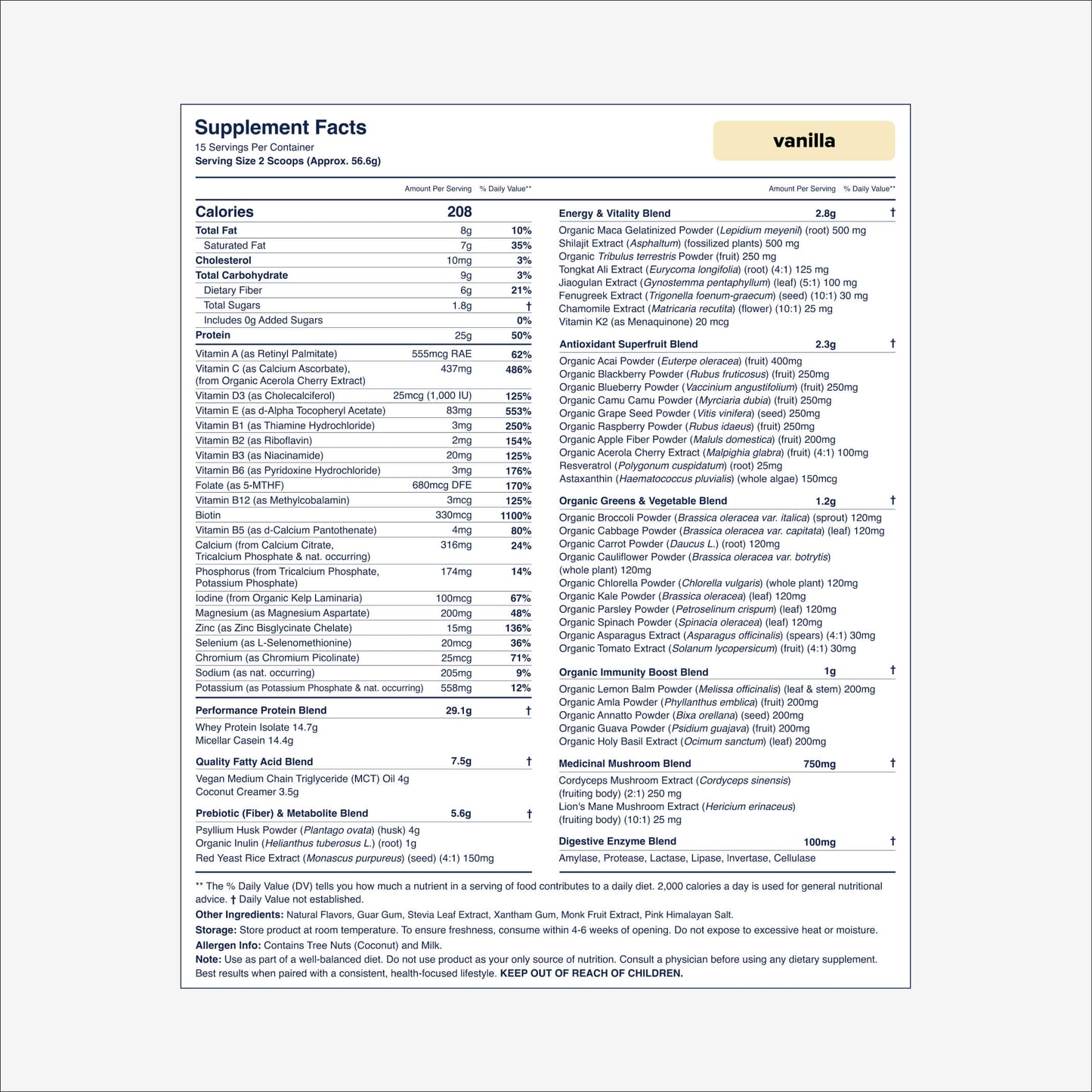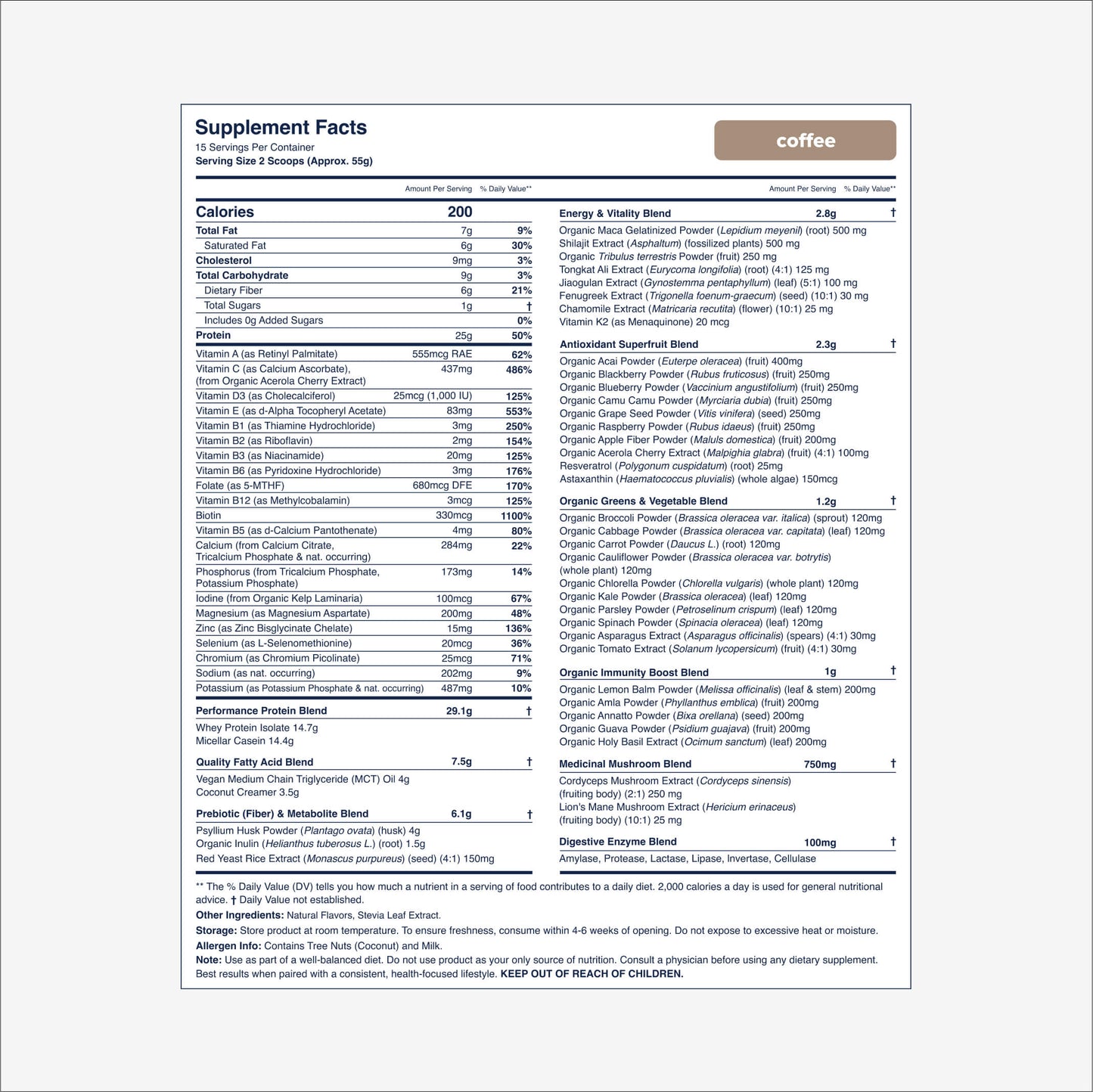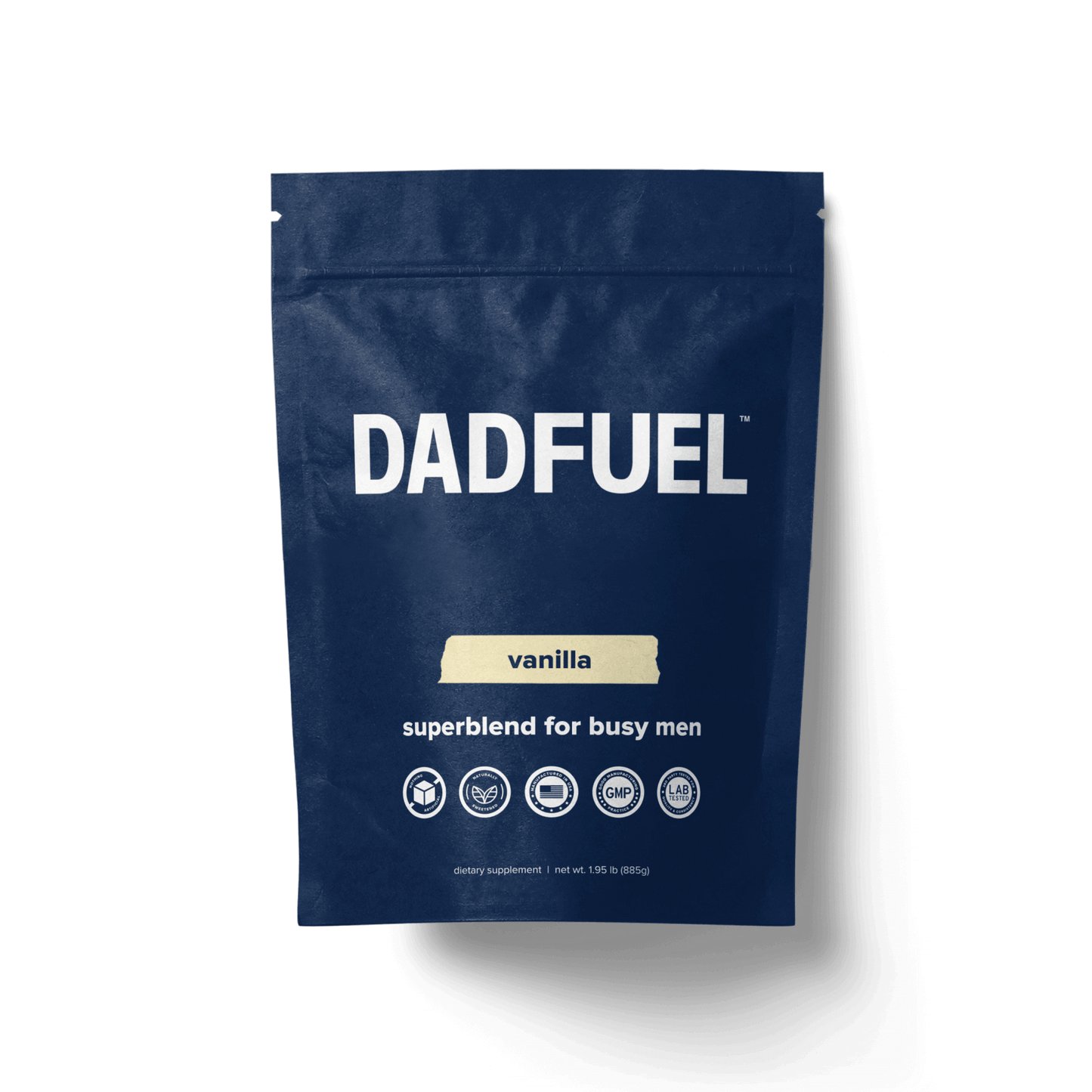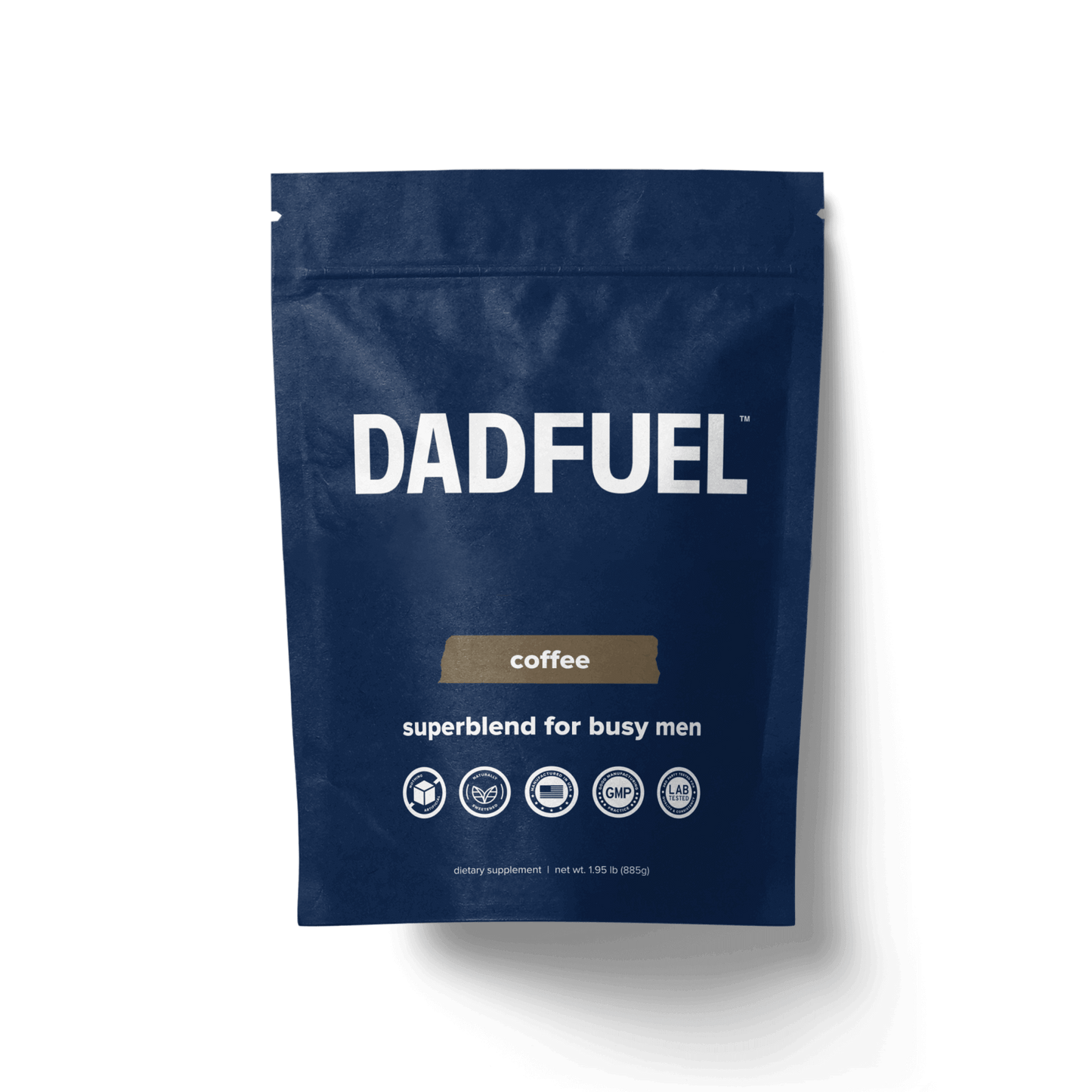Focus On Whole-Food Protein Sources
When choosing a protein shake for lunch, prioritize shakes made with real, whole-food protein sources. Whole-food proteins, such as pea, whey, or hemp, offer a cleaner and more natural nutrition source than artificial additives or fillers. These proteins provide essential amino acids your body needs for muscle repair and energy maintenance. By focusing on natural ingredients, you ensure your body is receiving high-quality nutrients without the risk of consuming harmful or unnecessary additives.
Check Protein Content
A protein shake with 20-30 grams per serving is ideal for a lunch replacement. This amount of protein helps you stay full longer, supports muscle recovery, and maintains energy levels throughout the day. If you’re physically active, this protein content can be crucial in aiding muscle repair and preserving muscle mass. Check the nutrition label to ensure the shake meets your protein needs without being overloaded with unnecessary extras.
Look For Fiber And Healthy Fats
A well-balanced protein shake should also contain adequate fiber and healthy fats. Fiber aids digestion promotes gut health, and helps regulate blood sugar levels, keeping hunger at bay throughout the afternoon. Healthy fats, like those from chia seeds or avocado oil, provide long-lasting energy and help your body absorb fat-soluble vitamins. Together, these components make the shake a more complete meal, providing lasting satisfaction.
Avoid Excessive Added Sugars
Avoiding protein shakes with excessive added sugars is essential, as they can cause a rapid spike in blood sugar followed by an energy crash. High sugar content affects energy levels and can contribute to weight gain and other health issues. Look for shakes with no added sugar or natural sweeteners like stevia or monk fruit. Keeping sugar content low ensures you get the energy benefits without adverse side effects.
How To Make A Protein Shake That Tastes Great Every Time
Choose A Flavor You Enjoy
The foundation of a delicious protein shake begins with selecting a protein powder flavor you genuinely enjoy. Classic choices like chocolate, vanilla, and coffee are versatile and pair well with various mix-ins, giving you endless possibilities. Starting with a flavor you love ensures that you’ll look forward to drinking your shake rather than forcing it down. To enhance the taste, opt for high-quality powders made with natural flavorings for a more authentic and enjoyable experience.
Experiment With Mix-Ins
Mix-ins are a great way to customize your protein shake's flavor and texture, making it more satisfying. Fresh fruit, like bananas or berries, can add natural sweetness, while nut butters like almond or peanut butter introduce healthy fats and a rich, creamy flavor. Adding ingredients like oats or chia seeds can boost the texture and nutritional value. Experimenting with different combinations keeps your shake exciting and tailored to your preferences, ensuring you never get bored with the taste.
Use A Liquid Base That Complements The Flavor
The type of liquid base you choose can significantly influence the taste and consistency of your protein shake. Opt for milk or a dairy-free alternative such as almond, oat, or coconut milk for a creamier, more indulgent shake. Water is a lighter option, but milk-based liquids often enhance the flavor and richness of the protein powder. The key is to select a liquid that complements the protein powder flavors and the mix-ins, creating a balanced and enjoyable shake.
Blend For The Perfect Texture
Achieving the perfect texture is all about blending your protein shake until it's smooth and clumps-free. A high-powered blender ensures that all the ingredients are well-combined, resulting in a creamy and satisfying drink. Add ice or frozen fruits for a thicker shake, which keeps the shake cold and refreshing. Proper blending is crucial for creating a delicious and easy-to-drink shake with a consistency that feels like a treat.
Read also:
Sources:
- van Vliet, S., Beals, J., Martinez, I., Skinner, S., & Burd, N. (2018). Achieving Optimal Post-Exercise Muscle Protein Remodeling in Physically Active Adults through Whole Food Consumption. Nutrients, 10(2), 224. https://doi.org/10.3390/nu10020224
- Lattimer, J. M., & Haub, M. D. (2010). Effects of Dietary Fiber and Its Components on Metabolic Health. Nutrients, 2(12), 1266–1289. https://doi.org/10.3390/nu2121266
- Gombart, A. F., Pierre, A., & Maggini, S. (2020). A Review of Micronutrients and the Immune System–Working in Harmony to Reduce the Risk of Infection. Nutrients, 12(1). https://doi.org/10.3390/nu12010236




 60 Day Better Dad Guarantee
60 Day Better Dad Guarantee
 Fast, Secure Checkout
Fast, Secure Checkout
 Typically Arrives in 2-3 Days
Typically Arrives in 2-3 Days
